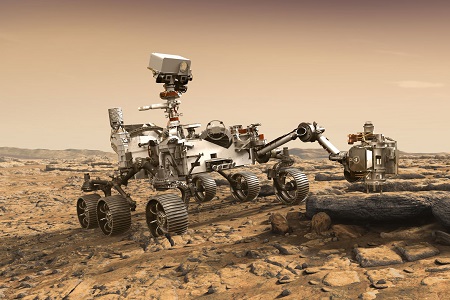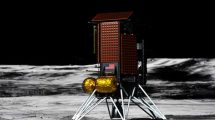
Eric Ianson, director of NASA’s Mars Exploration Programme has announced at the meeting of the Mars Exploration Programme Analysis that
NASA’s Mars 2020 Perseverance rover mission is just 22 days from landing on the surface of Mars. After nearly 300m miles (470 million kilometers), NASA’s Perseverance rover completes its journey to Mars on February 18, 2021. But, to reach the surface of the Red Planet, it has to survive the harrowing final phase known as Entry, Descent, and Landing.
Thomas Zurbuchen, associate administrator for NASA’s Science Mission Directorate said: “NASA has been exploring Mars since Mariner 4 performed a flyby in July of 1965, with two more flybys, seven successful orbiters, and eight landers since then. Perseverance, which was built from the collective knowledge gleaned from such trailblazers, has the opportunity to not only expand our knowledge of the Red Planet, but to investigate one of the most important and exciting questions of humanity about the origin of life both on Earth and also on other planets.”
Ken Farley, project scientist for Mars 2020, from Caltech in Pasadena, California added: “Perseverance’s sophisticated science instruments will not only help in the hunt for fossilized microbial life, but also expand our knowledge of Martian geology and its past, present, and future. Our science team has been busy planning how best to work with what we anticipate will be a firehose of cutting-edge data. That’s the kind of ‘problem’ we are looking forward to.”
Jezero Crater is the perfect place to search for signs of ancient microbial life. Billions of years ago, the now-bone-dry 28-mile-wide (45-kilometer-wide) basin was home to an actively-forming river delta and lake filled with water. The rock and regolith that Perseverance’s Sample Caching System collects from Jezero could help answer fundamental questions about the existence of life beyond Earth.
Two future missions currently in the planning stages by NASA, in collaboration with European Space Agency, will work together to bring the samples back to Earth, where they will undergo in-depth analysis by scientists around the world using equipment far too large and complex to send to the Red Planet.












Add Comment